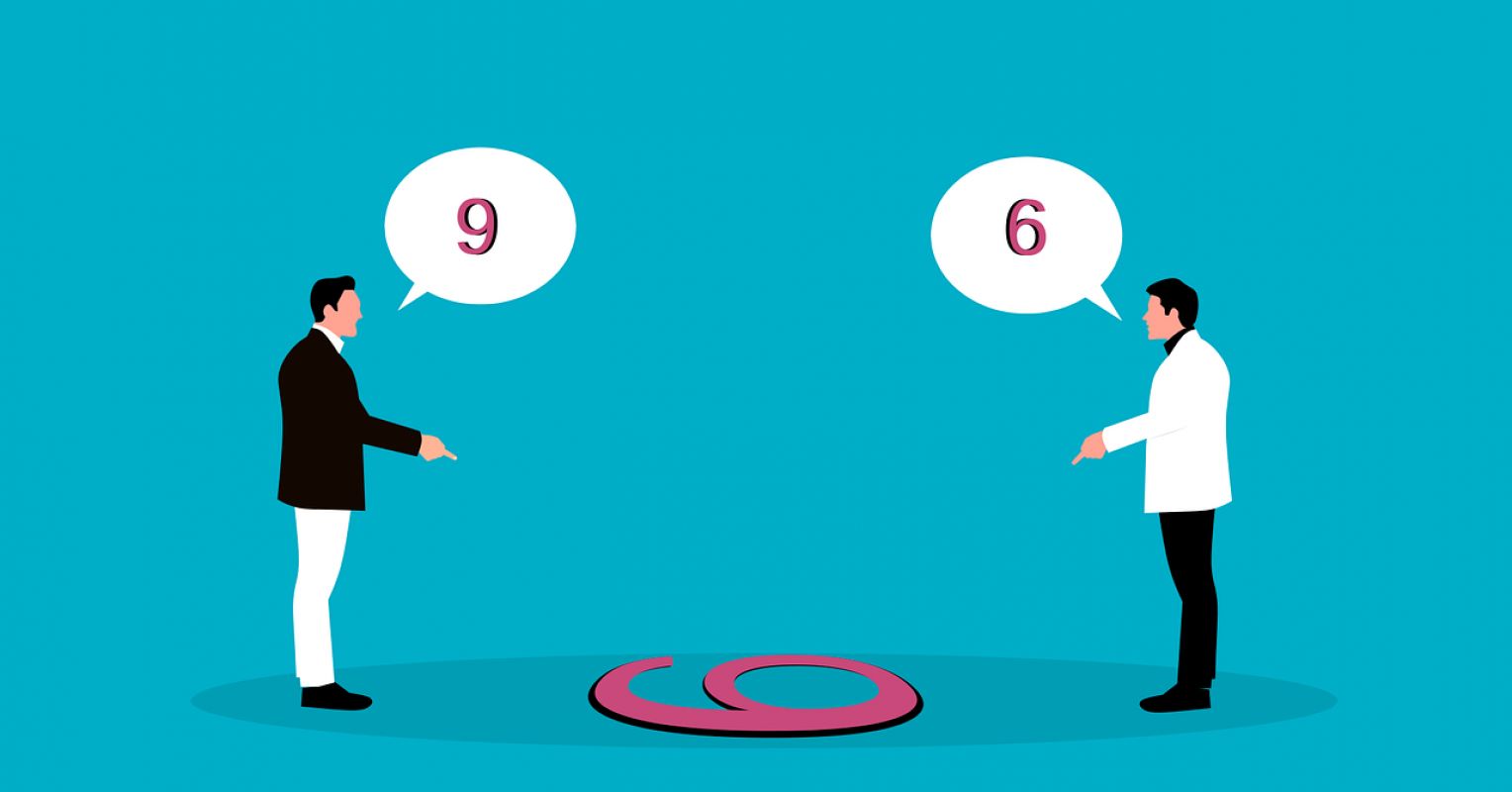
"We like to think we are objective observers of reality-that we see things exactly as they are. But the truth is, we mostly see what we expect to see. The brain is not a passive recorder of experience, but an active prediction machine. It guesses what will happen next and updates future guesses based on experience. Every perception, emotion, and decision depends on the accuracy of these forecasts."
"From infancy onward, the brain learns the statistical structure of living. Each moment is an experiment. We act, something happens, and the gap between what we expected and what actually occurred (i.e., the prediction error) updates our internal model. When things go better than expected, dopamine neurons fire, reinforcing the behaviour. When outcomes disappoint, dopamine dips, and we learn to avoid."
"Through repeated exposure, these neural updates build a map of what usually works: how people respond to us, which efforts pay off, which emotions are safe to express. A person exposed to a stable, responsive environment learns that effort and trust yield reward. Another surrounded by chaos and neglect learns that the world is unpredictable, that good things vanish quickly, and that vigilance is safer than hope. These learning histories become the foundations of our expectations about love, work, and possibility."
The brain functions as an active prediction machine that guesses future events and updates those guesses with experience. Perception, emotion, and decision-making depend on the accuracy of these forecasts. Prediction errors—when outcomes differ from expectations—drive learning: positive surprises trigger dopamine and reinforce behavior, while disappointments reduce dopamine and promote avoidance. Repeated experiences shape stable expectations about relationships, work, and possibility. Early environments determine whether expectations become trustful or hypervigilant. Neurotransmitters such as dopamine, serotonin, and noradrenaline set learning parameters, and deliberate awareness, narrative, and retraining can alter entrenched predictive models.
Read at Psychology Today
Unable to calculate read time
Collection
[
|
...
]